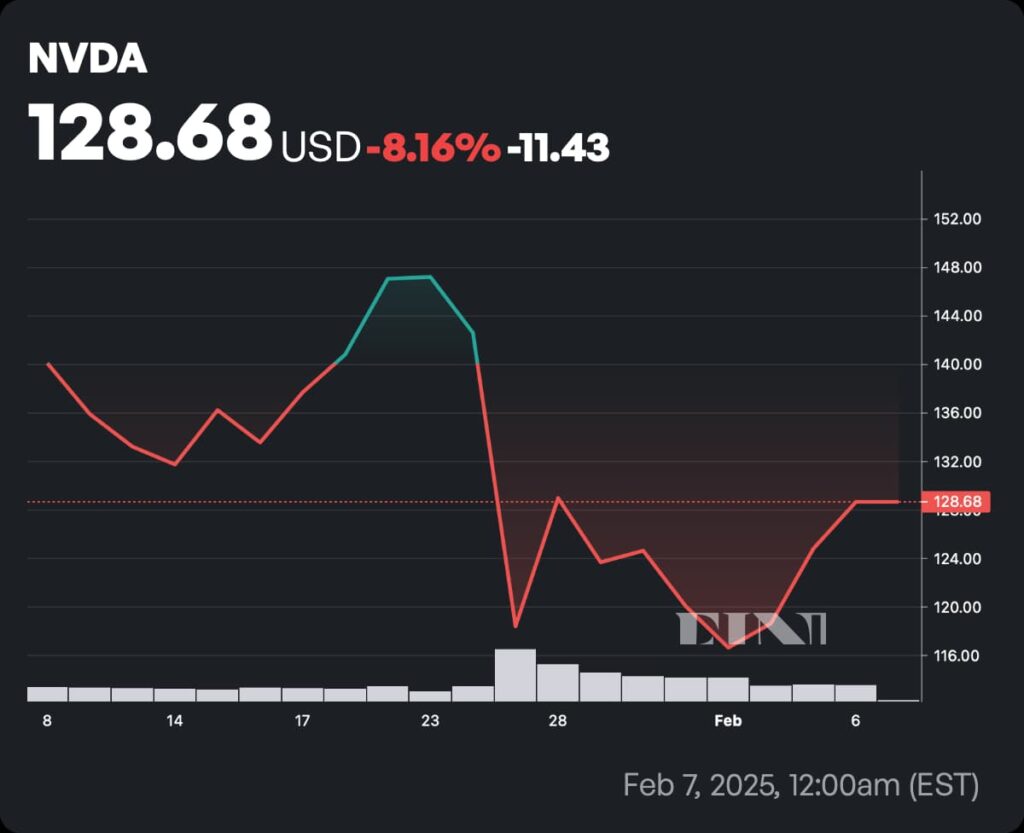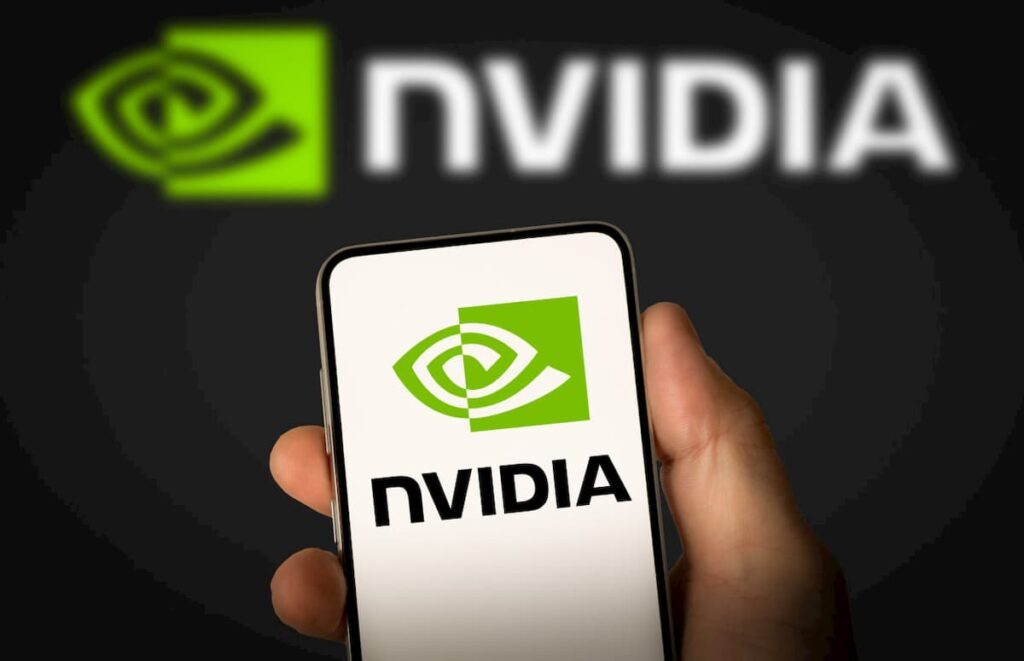Nvidia (NASDAQ: NVDA) closed higher on Thursday, February 7, gaining 3.08% to finish at $128.68.
The stock has been trading in a wide range between $113.01 and $148.97 over the past month and currently sits near the middle of that band. Key resistance is forming in the $129–$130 range, while $120.07 remains a critical support level, based on weekly time frame charts.

Despite Nvidia’s positive momentum, the stock is still underperforming relative to the S&P 500, which continues to hover near record highs. This lag suggests that while the broader market remains strong, NVDA has yet to reclaim its recent highs amid shifting sentiment in the AI sector.
Picks for you
Morgan Stanley reiterates “Top Pick” status
Morgan Stanley’s Joseph Moore struck a cautious tone on January 28, cutting his price target on Nvidia from $166 to $152. His primary concern was competition from DeepSeek AI, a Chinese startup that has introduced cost-efficient AI models, potentially disrupting Nvidia’s dominance.
However, in a research note released on February 6, Morgan Stanley reassured investors that the recent Nvidia selloff represents a strong buying opportunity. The firm maintained Nvidia as its “Top Pick” with an overweight rating and a $152 price target, arguing that fears surrounding DeepSeek’s impact may be overstated.
DeepSeek, a long-term threat or just noise?
Penn Mutual Asset Management weighed in on the debate, calling DeepSeek’s R1 model a “shot across the bow” for all AI chipmakers. While the details around the model’s real-world performance remain unclear—and possibly exaggerated—the emergence of a potential competitor is enough to keep pressure on Nvidia’s stock.
Still, Nvidia remains the market leader in AI semiconductors. JPMorgan analysts noted that while DeepSeek’s innovations may help drive down AI processing costs, they will ultimately increase demand for high-performance GPUs, further reinforcing Nvidia’s dominance in advanced AI computing.
Investors are buying the dip
Despite the noise around AI competition, investors appear unfazed. Recent data shows that institutional and retail traders bought the Nvidia dip aggressively, with over $560 million flowing into the stock—an all-time high for dip-buying activity.
As Nvidia heads into earnings season on February 26, all eyes will be on whether the company can maintain its leadership position while navigating increasing competition in the AI space.
Featured image via Shutterstock







